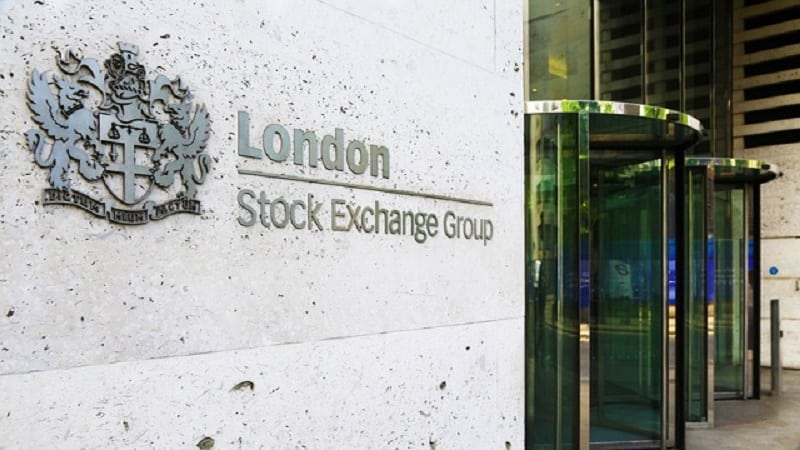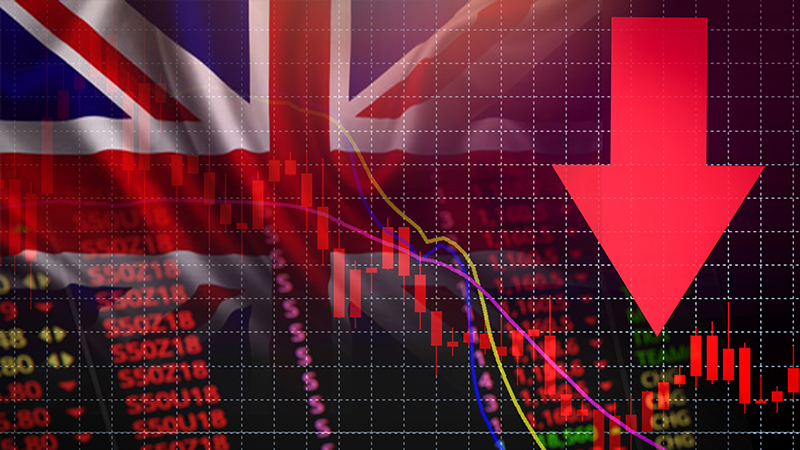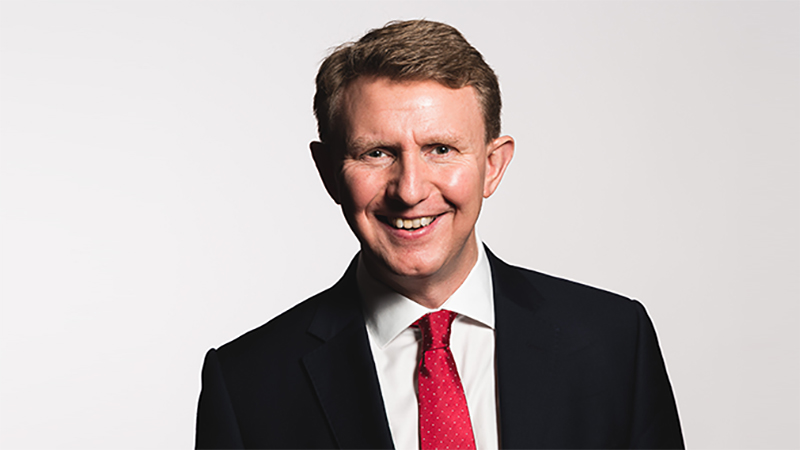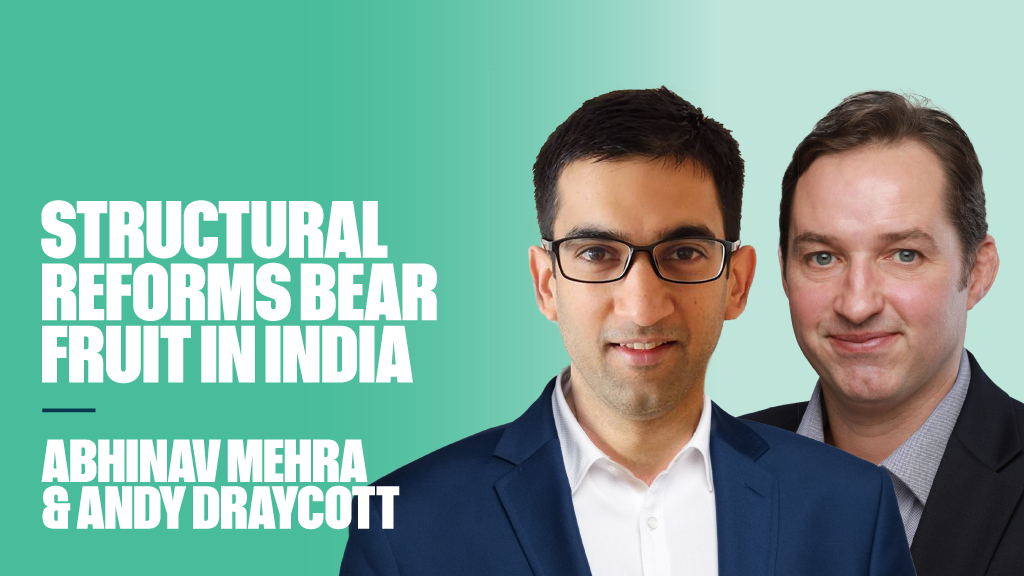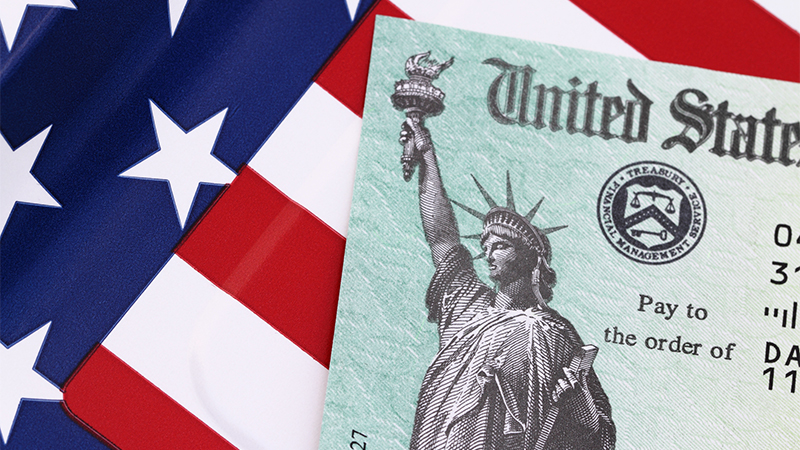By Laura Cooper, global investment strategist at Nuveen
Investors and market watchers are traversing a landscape shaped by shifting monetary policy, fiscal decisions, and heightened global uncertainty.
The Federal Reserve is carefully weighing its approach to interest rate cuts, while US trade policy continues to cloud the inflation and growth outlook.
At the same time, geopolitical tensions are testing the resilience of financial markets, raising the question of whether the US dollar and Treasury bonds can maintain their status as the world’s preferred safe-haven assets.
Fed independence in question
One of the concerns for investors has been the potential erosion of the Federal Reserve’s independence under the current administration. With political rhetoric increasing, speculation about the Fed’s autonomy persists.
However, our base case remains firm: the Fed’s independence is unlikely to be materially challenged in any meaningful way. While rhetoric may continue to surface, particularly regarding the administration’s comments on the 10-year Treasury yield, we believe the underlying structure and independence of the Fed will hold.
Chair Jerome Powell, whose tenure lasts until 2026, has shown strong resolve in maintaining the Fed’s independence. The recent appointment of a new vice-chair, Michelle Bowman, for supervision at the Fed further shapes the central bank’s leadership.
Moreover, the appointment of Treasury Secretary Scott Bessent, with his extensive capital markets experience, potentially offers an additional layer of stability. Bessent’s role as a calming force on the administration’s sometimes volatile approach to economic policy suggests that any threats to the Fed’s autonomy remain more talk than action.
While there may be speculative discussions about Powell’s eventual replacement, it’s unlikely that any immediate changes will impact market behaviour in the near term.
Unrealistic rate-cutting path
The Federal Reserve is currently on a path that many expect will involve two rate cuts in 2025. This aligns with the central bank’s forecast of a slowing economy, yet one that avoids a sharp contraction.
While the market has started to price in a potential Powell-put, we view this as unlikely given upside inflation risks.
Moreover, the US economy, while slowing, continues to show resilience, particularly in the labour market. Unemployment is expected to gradually edge higher by year-end, signalling a soft landing rather than a sharp recession.
Downside growth risks remain, however, owing to ongoing trade policy uncertainty. With tariffs likely to drive upward price pressures, the Fed is poised to keep a close watch on inflation gauges, particularly in core Personal Consumption Expenditures (PCE).
A material shift in tariff policy could lead to an uptick in inflation, which would necessitate a reassessment of Fed actions. For now, we maintain our base case for two rate cuts, with inflationary pressures from tariffs potentially pushing core PCE to around 2.5%-2.6% for the year.
Still a safe haven?
Amid all of this, a critical question looms: What role will the US Treasury market play in the global economic order?
Treasury bonds have long served as the go-to safe haven in times of geopolitical or economic uncertainty, and we believe that this will continue to be the case. Despite ongoing market volatility and discussions about alternatives as US exceptionalism fades, there has yet to be a viable replacement for Treasuries in their role as a global store of value.
While geopolitical tensions, particularly in Europe and Asia, continue to simmer, raising concerns on U.S. hegemony, the depth and liquidity of the US bond market stand out. Even as Europe attempts to solidify its economic and political unity, the ongoing instability only reinforces the value of US debt as a flight-to-safety asset. This was evident in the bid for Treasuries amid the recent US equity market rout.
President Trump’s policies may entail some more short-term pain, however, the administration is likely still sensitive to the economic outlook and financial markets, and are acutely aware of the potentially serious damage to the US’s economic health.
As such, the US bond market’s advantages versus the rest of the world are unlikely to be materially impacted in 2025 even under the most extreme assumptions about the Trump Administration: namely, deep US capital markets, the dollar’s ongoing reserve currency status, rule of law, and military strength.
Fixed income alternatives in an era of uncertainty
In light of the current economic landscape, investors are increasingly seeking assets that offer attractive returns with manageable risk profiles.
US senior loans have emerged as a noteworthy option in this context. These loans provide high yield with low-interest rate sensitivity, making them particularly appealing in an elevated rate environment.
They also offer diversification benefits, as they have lower correlations with other major asset classes, enhancing the resilience of a portfolio.
Additionally, funds investing in US senior loans can offer daily or weekly liquidity, providing flexibility that is often limited in other high-yield investments. The senior secured nature of these loans means they are backed by collateral, offering a layer of protection in the event of borrower default. This structure can help preserve capital during economic downturns.
Furthermore, when examined from a risk-adjusted return perspective, US senior loans stand apart from fixed income peers. The combination of high coupons and relatively muted price changes at an aggregate level has enabled loans to generate high yield-like returns with investment-grade-like volatility over the long term.
An increasingly volatile global marketplace
However, it’s impossible to ignore the growing geopolitical risks that could challenge this status quo of a US soft landing. The rise of populist movements, alongside increasing global tensions, creates an environment of uncertainty that could lead to even greater market volatility.
The question becomes: how will the markets react when faced with a more unpredictable global landscape?
If the US economy continues to stabilise, Treasuries will likely remain the top choice for investors seeking a safe harbour over the longer-term.
However, if geopolitical instability or a more aggressive tariff policy leads to significant disruptions in global trade, security or stagflation risks, we may see a reassessment of this position.
Despite these risks, our base case still sees Treasuries maintaining their safe haven status in the near term.
A measured approach is key
This year is shaping up to be full of both challenge and opportunity. The US economy may be slowing, but it is not collapsing. The Fed will likely continue its cautious approach, with moderate rate cuts in the cards, while inflation and geopolitical risks remain key watchpoints.
Treasuries will continue to serve as the cornerstone of global financial stability, offering investors a reliable haven in times of uncertainty.
For investors, the takeaway is clear: don’t get too caught up in the daily volatility. Take a step back, assess the broader trends, and remain grounded in the fundamentals.
The global economy is navigating a complex terrain, but with careful attention, there remain significant opportunities for those who stay objective amid the noise.

